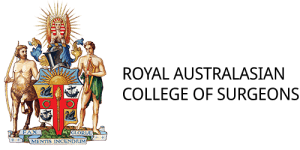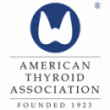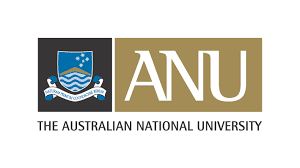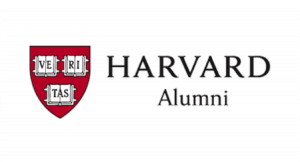RECONSTRUCTIVE SURGERY
Dr Ebrahimi's approach to head & neck reconstruction
Reconstructive surgery in the head and neck often represents some of the most challenging and intricate reconstructive procedures performed anywhere in the body. Since there are so many vital structures in the head and neck that influence the way we look, feel, speak, eat, swallow, breathe and function, it is critical that your reconstructive surgery is performed by a surgeon who has extensive experience in the head and neck region specifically. The outcomes of these complex operations are directly correlated to the skill and experience of your surgeon to tailor the reconstructive plan to your individual situation and execute the technical aspects of the surgery well.
Dr Ebrahimi works hard to maximise the functional, cosmetic and quality of life outcomes after head and neck reconstruction based on:
- Extensive experience in head and neck reconstruction, including complex large defects and re-operative surgery.
- Use of the latest techniques and advance technology to ensure optimal outcomes
- Meticulous surgical technique.
- An in depth understanding of the functional issues that need to be addressed with the reconstructive given he is also a head and neck cancer specialist.
- Experience in a wide range of reconstructive techniques allows Dr Ebrahimi to provide you with an individualised treatment plan tailored to your particular situation and goals.
Local and regional flaps
In many cases the simplest reconstruction is the most sensible option. Local flaps utilise tissue adjacent to the surgical defect for reconstruction and have the advantage of generally providing good colour and contour match to the area being reconstructed. If planned and executed well, local flaps are highly reliable.
Regional flaps are larger more complex flaps from adjacent regions that are raised on a vascular pedicle and moved into the head and neck region to reconstruct the defect.
Microvascular free flap surgery
Microsurgical reconstruction, also known as a free flap or free tissue transfer, is surgery to reconstruct defects or wounds that cannot be repaired by traditional methods such as suturing, skin grafts, local or regional flaps. This means tissue from somewhere else in the body is used to rebuild the defect and the blood vessels from that tissue are joined to the blood vessels in the neck using microsurgery to give it a blood supply. Examples of tissues that are commonly transferred in free flaps are bone, skin, fat and muscle.
When the surgical defect is created by major head and neck surgery, Dr Ebrahimi and his team perform the reconstruction under the same anaesthetic. The reconstruction aims to reliably close the wound and to maximise cosmetic and functional outcomes. Dr Ebrahimi has extensive experience in head and neck free flap reconstruction and will tailor the approach to your individual situation.
Facial palsy reconstruction
Correction of facial palsy relies on an understanding of your particular disease process as well as the aspects of the facial palsy that bother you most from a functional and cosmetic perspective.
Dr Ebrahimi has subspecialty interest and expertise in facial reanimation surgery to correct facial paralysis. Usually there are several surgical options, each with it’s own advantages and disadvantages, in any given situation so the surgical plan will be tailored to your individual requirements.
Some of the surgical techniques of facial reanimation offered by Dr Ebrahimi include:
Upper third of face (forehead / eye brow/ upper eyelid):
- Brow lift
- Insertion of platinum chain weight to the upper eyelid
Middle third of face (lower eyelid, nose, cheek and upper lip):
- Lower eyelid canthoplasty/ canthopexy (tightening of the lower eyelid)
- Cartilage grafting to the lower eyelid (to provide additional support to the lower eyelid)
- Innervated muscle free flap transfer (to allow you to smile again)
- Static sling suspension to the midface
- Nerve grafts
- Temporalis transfer
Lower third (lower lip):
- Anterior belly of digastric transfer














